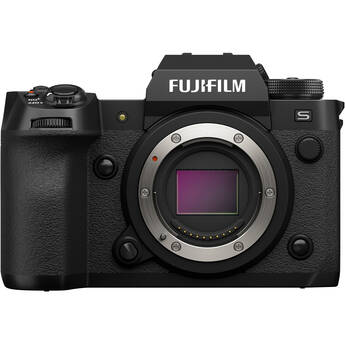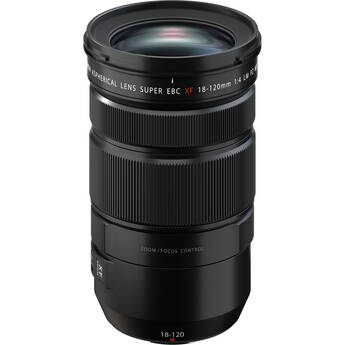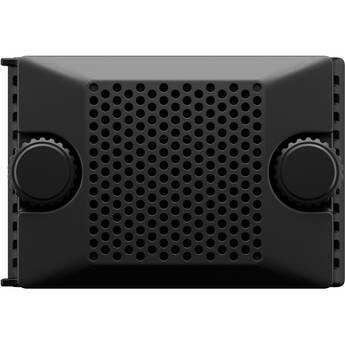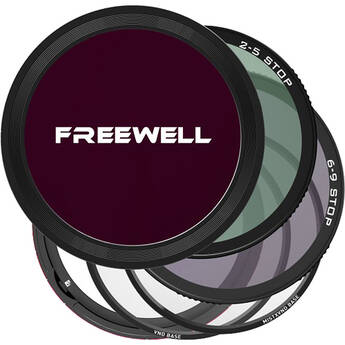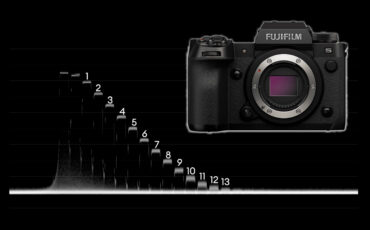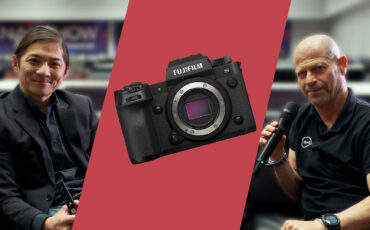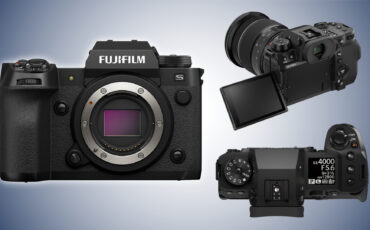FUJIFILM X-H2S Review and Mini Documentary
Restriction-free music courtesy of Epidemic Sound. Sign up here: Epidemic Sound
The FUJIFILM X-H2S is now available in most parts of the world, so we are continuing our tradition of reviewing a new camera by creating a short mini-documentary to go along with it. After all, there is no better way to get to know a piece of equipment than filming with it. So buckle up, here is CineD’s review on the new FUJIFILM X-H2S!
It’s rather crazy how fast time flies. Some will say it’s happening when you are having fun, others will argue it depends on age, and the older you get, the faster time seems to be going. Whatever the reason may be, you’re probably wondering what this has to do with my FUJIFILM X-H2S review! Well, I wrote the first draft for this article when I was heading to Japan over two months ago, and here I am slowly but surely wrapping up my last assignments in Tokyo and Osaka as I’m heading back to Europe soon, and finishing this review for you guys.
First of all, I would like to thank those who wrote me privately, asking to make this review. It is always encouraging to know that you guys care about what we think, and are waiting to hear from us. And of course, I’m genuinely sorry for the delay. Somehow I couldn’t meet my own deadline seeing as so much is going on simultaneously “in our little filming industry world”. That said, the delay is not necessarily a bad thing since A, it helps with maintaining life perspective. After all, we are talking about a camera review and not saving the planet… and B, as I had more time with the camera I also got to know it better. But more importantly, I was lucky enough to meet Misa-san, a young Japanese woman who returned to Tokyo after working for seven years in Vegas. Her personal story caught my attention and I am thankful that she felt comfortable enough to share it with me (and ultimately with all of you).
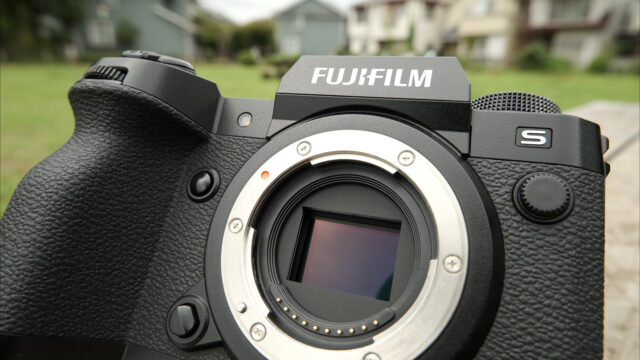
We first took a close look at the X-H2S in April when we interviewed Victor Ha from FUJIFILM, and then, my colleague Gunther took it for a spin and put it through its paces by conducting our lab test.
Filmmaking for Photographers
Now it is my turn to add another small piece to the puzzle, so in my review, I would like to concentrate on two fundamental aspects: usability, and picture quality. In both, the FUJIFILM X-H2S is doing well but is it enough to conquer the heart of fellow filmmakers? Let’s find out.
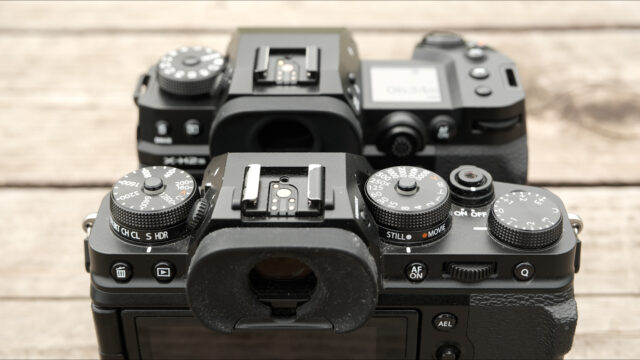
X-H2S or X-T4?
Let me start by writing that I’m a proud owner of a FUJIFILM X-T4 (full review here). It has served me very well during the last few years and in my opinion, it cannot be beaten when it comes to value for money, as it currently sells for $1,699 at B&H and €1,508 at CVP. But, it’s surely lacking ProRes and 4:2:2 internal recording options, and this is exactly where the X-H2S comes in, by bringing those exact missing features and adding 6.2K resolution, 3×2 open gate recording, and 4K at 120fps to the table, just to name a few.
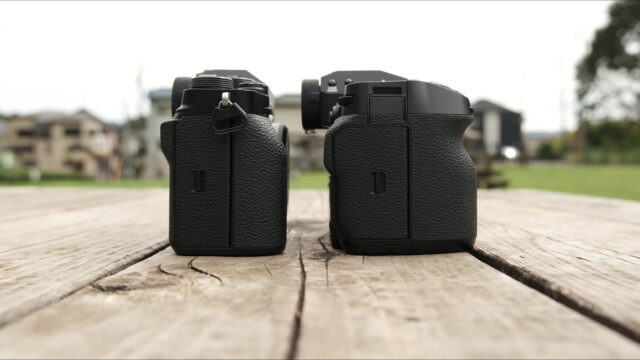
Moving away from specification, both cameras enjoy FUJIFILM’s self-original designed sensors (BSI CMOS for X-T4 and Stacked CMOS architecture for the X-H2S. This is allowing the camera to achieve higher “everything”, resolution, frame rates, and better handling of the rolling shutter). Continuing with differences, the X-T4 shines when it comes to controlling it with physical buttons (which in my opinion, can’t be beaten) and the best example that I can think of is how to change (AND lock) focus from “Continuous” or “Single” to “Manual” when compared to the X-H2S. As there is a physical AF switch button on the X-T4 it is much easier and more intuitive to do so.
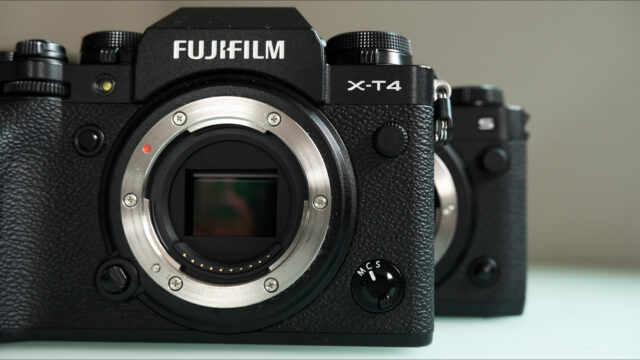
But the truth can’t be hidden. After having both cameras with me for the last few months, I found myself grabbing the X-H2S more and more while the X-T4 was left sitting on the shelf. Like with many things in life, it is a matter of getting used to working differently, but the main reason for me to neglect the X-T4 is the ability to work with ProRes internally on the X-H2S.
So just to summarize this section, the X-T4 is still a very capable camera that won’t let you down anytime soon, yet, if you are a single operator/editor who needs to move fast from filming to editing, then the X-H2S might be of a better fit to your needs as it will allow skipping the footage conversation part in the process. (Next to having a higher 4:2:2 10bit ProRes master).
What I liked when working with the X-H2S camera (in no particular order)
First impression:
Keeping tradition, this FUJIFILM APS-C sensor size camera is small and stylish (even smaller than the recently announced MFT sensor size Panasonic LUMIX GH6). Price is of course a subjective thing, but no doubt that $2500 will buy you an advanced filming tool. Personally, working with a small mirrorless camera the size of the X-H2S is a real “dream come true” for me, and now with all that power inside, it is crying to unleash creativity.
EVF:
For me, one of the obstacles when working with the X-T4 was its EVF quality. It was simply not sufficient. Add to this an EVF diopter adjustment knob that suffers for a certain tolerance when adjusting it and you get a small screen that is not always sharp enough, focus-wise. Fortunately, it is a thing of the past with the X-H2S as the quality of the EVF screen and EVF mechanism have been improved making it much more comfortable nailing focus manually with different lenses when filming.
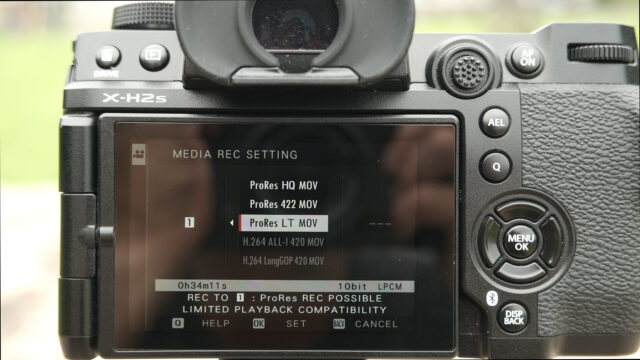
ProRes:
I think we can all agree about the usefulness of having a proper high-quality standardized recording codec inside a camera. Top this with the ability to record in different resolutions and flavors (bit rates) and we got ourselves a winner. Nikon and Panasonic are already offering internal ProRes recording in some of their mirrorless cameras (Nikon Z 9 and LUMIX GH6), but the X-H2S is the only camera that offers ProRes LT recording, and don’t underestimate this feature. While ProRes HQ is great to have, it will also “eat” the capacity of your recording media as if there is no tomorrow. ProRes LT on the other hand will allow 4:2:2 10bit high-quality internal recording at a fraction of space when compared to HQ. All this while still maintaining great picture quality. (On that note, check out our new camera databases for more technical information about the X-H2S recording modes and specifications). On the downside, recording ProRes in any resolution and frame rate is currently possible only on CFexpress cards. This means additional expenses to those who own SD cards. I’ve approached FUJIFILM and asked if allowing ProRes recording of some sort on fast V90 SD cards can be considered and I will update this article when I get an answer.
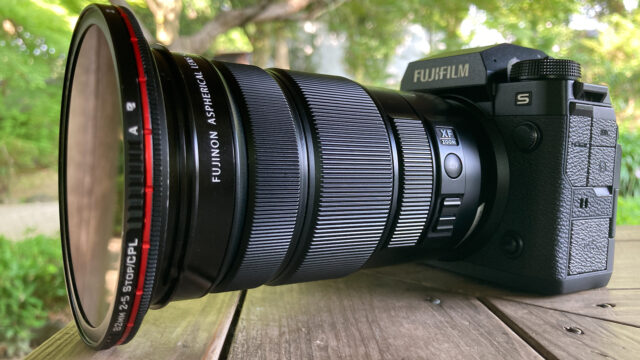
All in all, it is such a relief to film in ProRes and be rewarded with the ability to instantly import the footage into Adobe Premiere Pro and start editing immediately without the need to transcode the material first. This can, of course, benefit those of us who did not upgrade their computers or laptops to fancier M1/2 ARM-based devices from Apple for example. Needless to say, using a 4:2:2 10bit codec for grading is making the process of coloring “robust” too.
Autofocus:
From my experience, Ver.1.02 camera firmware update brought a more reliable autofocus performance, one that can easily match with AF performance of other camera manufacturers. (The latest FW version Ver.103 can be downloaded here). Now, for complete transparency, I did NOT check ALL possible options, such as animal focus and such. I did however check a lot of options while filming my own stuff and I can conclude the following: Somehow I find “Face detection” to be the option that works best for me. The above mini-documentary was filmed solely in AF mode. The interview with Misa-san proved to me (again) that AF in this mode is robust (not a single AF hesitation was noted there). Things get a bit trickier when having more than a single person in the frame as face detection can easily be fooled. One option is to press and hold the “AF ON” button in order to keep the focus on the desired person. Remember that physical focus knob on the X-T4? Where is it when you need it… With the X-T4, I can “catch” focus on a person when being in “AF-C mode”, then, with a flip of a finger easily change to “M” in order to lock focus. Now, if the person starts moving again I’ll change back to “AF-C”, and so on.
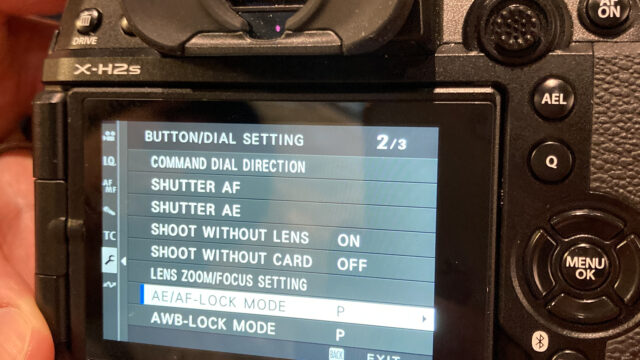
Actually, not all is lost with the X-H2S (or other FUJIFILM cameras). You can program your AEL button to “do the job for you”, meaning, press “ON” once, and AF will be locked on the desired subject. Press it again, and focus will be released.
Make sure that in “Function Settings” the AE-L button is assigned to AF Lock. Then, go to Settings/Button/Dail Settings/AE&AF On /Off switch.
It is not changing AF-C to manual focus, but at last, it helps with locking focus on a subject easily.
Audio quality:
The X-T4 already had good pre-amplifiers installed and I’m happy to report that the X-H2S does the same (if not better) when it comes to audio. The recorded sound has a good quality to it with a low-noise floor. Also related is the headphone levels when monitoring sound. One thing I’ve noticed is how low the levels are up until value 8. Only then, it becomes useful (at least for me).


Lowlight Performance:
I find the low light performance of the camera truly good (and I was shooting with the 18-120mm f/4 lens)! Not once did I feel limited, even when filming in not well-lit places. Of course, it is not a “Nightvision device” like the Sony a7S III, but for documentary-style filming, it was perfectly fine with its low light ability. Parts of the scene with Misa-san in the pool were filmed on ISO8000. Yes, it is a bit noisy, yet very much usable. On a side note, as long as I could, I stayed on ISO1250 which is the native ISO when filming the F-Log2. This is where the picture is the cleanest.
What can be improved (in no particular order)
Overheating:
The camera can overheat, and in my experience, it all comes down to where you are filming rather than for how long. When I was filming outside without trying to avoid the hot humid Japanese summer, the camera warned me relatively quickly that its temperature is rising (in its favor I have to say that it did not shut down on me immediately but still gave me time to film additional footage). The same happened when filming the interview with Misa-san. I turned off the room air-conditioning for better sound and the room got rather hot. After about 30 minutes, the camera started to “complain” about overheating.
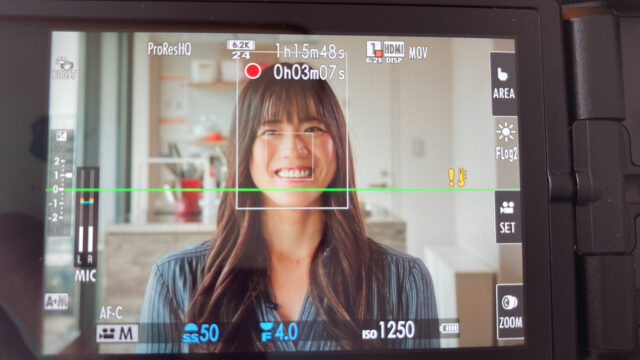
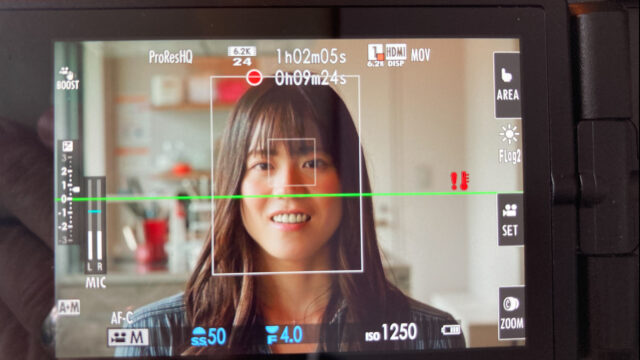
FUJIFILM has a solution for this issue and is selling an external fan that can be attached to the back of the camera body. In all honesty, this is the accessory I like the least as it limits me in the way I use the camera (the LCD screen cannot be closed and put back in its place when having this fan attached). So remember that overheating can happen, and depending on your filming style, there may or may not be a solution for it.
To sum this up, don’t rush and buy the fan. I could spend hours filming indoors and outdoors in “normal” temperatures without having any overheating issues. Only when it gets really hot the camera will react. So first try to film without purchasing the fan and see if it works for you.
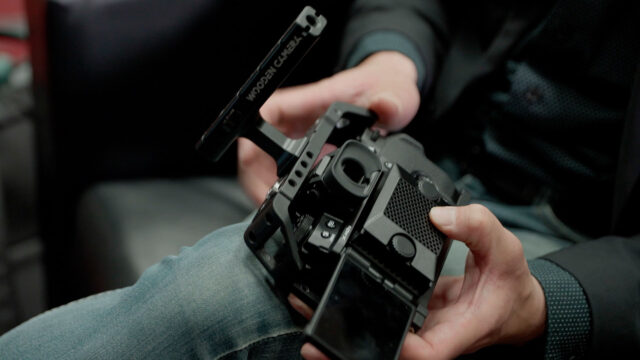
IBIS:
Next on my list is the IBIS performance and again, please allow me to compare it to my trusted X-T4.
I want to tell you a little story: I was fortunate enough to test the X-T4 before it came out and I was very impressed with its IBIS capabilities. While I gathered enough footage to prove how well it performs, some users reported issues with performance during certain usage conditions. FUJIFILM responded immediately by fine-tuning the IBIS performance but when I saw the results, I decided not to update my X-T4 firmware as in my opinion, the IBIS performance was a bit weaker after the update.
Fast forward, while testing the X-H2S, I felt like its IBIS performance is not what I expected it to be. I need to clarify this by saying that as long as you don’t move the camera (like “tripod mode”) or move it slowly (like panning), the IBIS, especially when “Boost Mode” is on, it performs great! But try following a person’s movement and this is where the stabilizer is lacking. I tested its performance with the 15-45mm and 18-120mm lenses and while it performed a bit better with the 18-120mm lens, it seemed to me that the X-T4 is doing better when following people with IBIS turned on.
Maybe a thing to consider is to have two different modes: one, for best IBIS performance with the possibility of facing the consequences, such as wobbly images in some operating conditions, and the second, facing weaker guaranteed performance (basically how it is now).
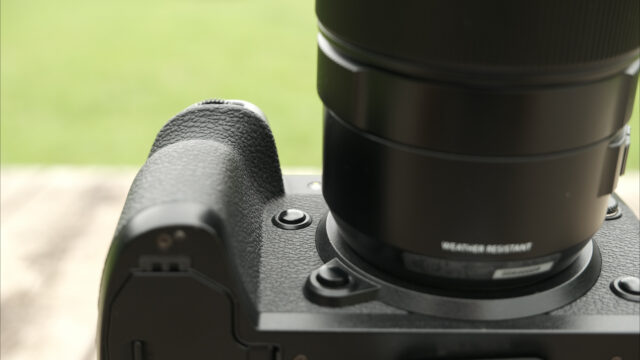
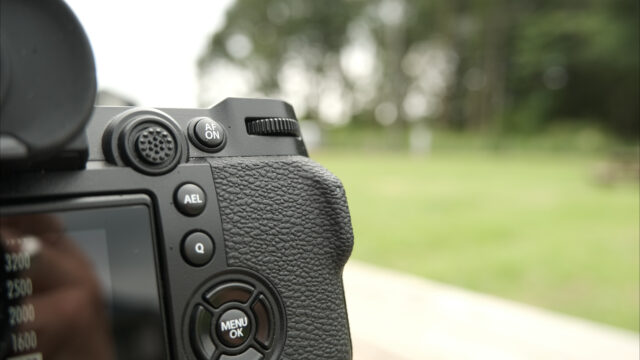
Overall usability
After spending a considerable amount of time with the X-H2S camera I can say that it is not the most comfortable camera to hold and work with if you have small hands. The grip is simply too deep and what really makes it harder to operate the back knobs and jog dial is this little “bump” (not sure if it has a professional name, so I’ll call it “the bump”). Another limitation while using the camera is the lack of ability to change some values and functions after pressing the REC button. White Balance is one example, but more practically, you cannot toggle between the focus modes after pressing the record button (AF-C/AF-S/M).
Now, 6.2K, 3×2 Open gate is great to have but when filming in this mode, I was missing the following two possibilities:
- When working with an anamorphic lens, the ability to de-squeeze the image so that the actual correct picture can be seen
- For those who want to film 6.2K resolution in 16×9, well, be prepared for not being able to do so, as only 3×2 is available. While it is absolutely possible to horizontally crop the image in post and get a 16×9 export, it would be highly appreciated if this could be done internally especially when fast delivery is needed.
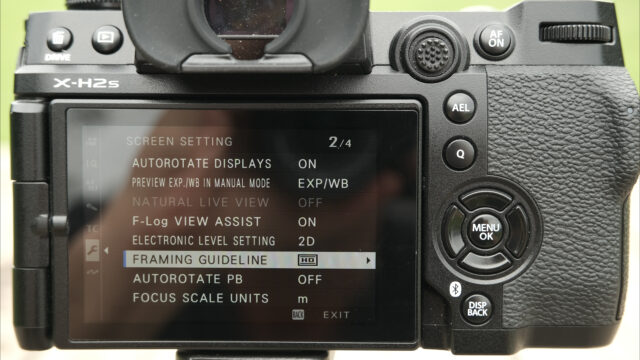
What’s missing and hopefully can be added at a later stage
I already mentioned a dedicated 6K 16×9 recording mode and the ability to de-squeeze the image for proper framing when filming in Open Gate mode. Also severely missing is a way to add different crop sizes guidelines. The current “HD” is certainly not enough and its “white borders” are almost invisible. Additionally, if FUJIFILM is serious about filmmaking (as I know they are!) shutter angle should be considered too. Switching between the different resolutions and high frame rates modes can take a toll if forgotten to adjust the shutter speed values manually. Last but not least, just before hitting the record button all the way (half shutter press), the picture momentarily gets very bright, and it kept bothering me during filming. I’m wondering if there is anything that can be done on FUJIFILM’s side to eliminate this.
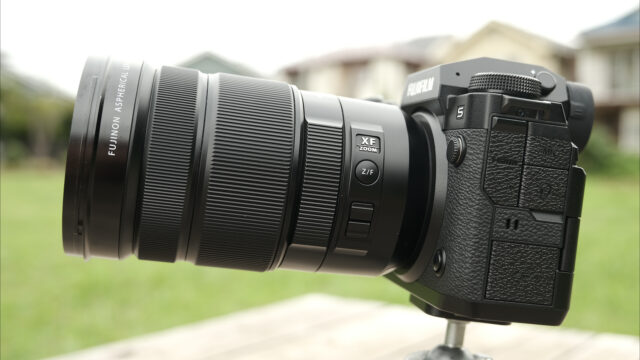
FUJINON 18-120mm f/4 LM PZ WR lens
FUJIFILM was kind enough to supply me with the FUJINON 18-120mm f/4 LM PZ WR lens and I have to say that I fell in love with It! True, it is not fast, yet the overall versatility is really remarkable. I learned to appreciate working with it on the above film and beyond. The zoom range is good, though I wish it was a tiny bit wider as every additional millimeter will make it larger and heavier. The constant f/4 aperture is great BUT please pay attention when performing auto-zoom to cover the entire lens zoom range. The aperture will digitally “jump” when zooming in at 36mm and 90mm and 78mm and 31mm when zooming out! A good example of this phenomenon can be seen in my video at 10:34. FUJIFILM is aware of the issue and is doing their best to solve it.
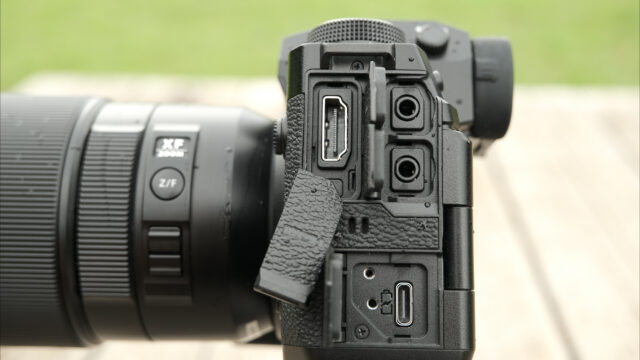
Final thoughts
The FUJIFILM X-H2S is a great versatile performer. Can it get even better by having a future firmware update? Undoubtedly!
Is the upgrade from X-T4 necessary? It really depends on your production needs. But in all fairness, days away from the FUJIFILM summit maybe it is wise to wait just a tiny bit longer. Personally, I’m very curious to see what the X-H2 will bring to the table. Aren’t you guys, too?
Now, no filming device is perfect and the same goes for the X-H2S but I’m truly impressed with how seriously FUJIFILM took the filmmaking aspect of this camera. It is certainly a tool that can serve well in a variety of situations for a very long time. The picture quality is very robust, and the rolling shutter is well controlled (second best after the Sony Venice 2 8K in our lab test).
There is no single “deal-breaker” feature in this camera, although internal ProRes recording is very appealing. All in all, I really enjoyed working with the X-H2S. It is a very compact device suited to my physical “form factor” and as such, it was enjoyable using it.
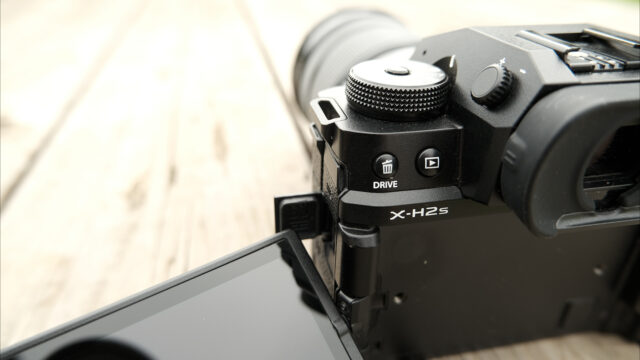
For the above mini-documentary:
Filmed with X-H2S, 6K, 3:2 (cropped in post). The single slow-motion shot was filmed at 4K/120p. (I love how the image upscales nicely) F-Log2. IBIS with IS Boost Mode engaged. ALL shot handheld but the interview part. Autofocus only.
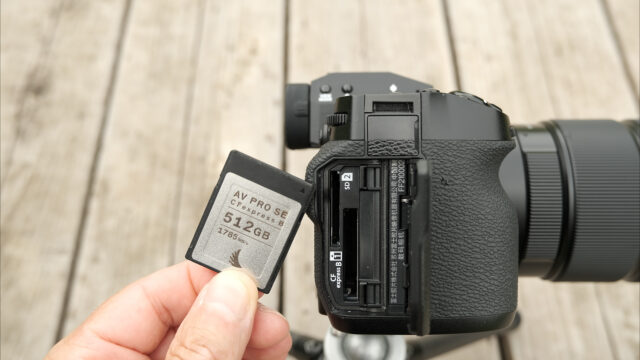
We trust recording media cards from Angelbird.
Edited in Adobe Premiere Pro latest edition. 1% Warp stabilizer effect was added from minutes 5:34 to 5:48. Digital Anarchy flicker removal filter was used in minutes 10:10 to 10:22.
Color: CineD LUTs builder by fylm-ai.
Music: Epidemic Sound
What do you think about the FUJIFILM X-H2S? Is there anything about this camera to convince you to purchase it? Or, do you have it already? Please share your thoughts with us in the comment section below.
